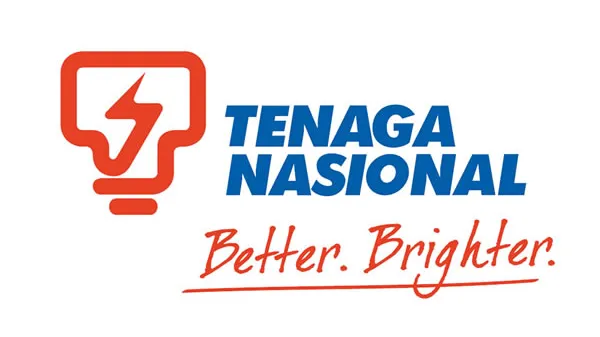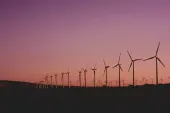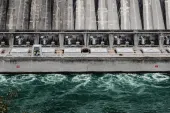
TNB extends energy transition efforts in Southeast Asia
Policies, green tech, funding, and strategic partnerships are vital for energy transition.
Tenaga Nasional Berhad (TNB) has expanded its sustainable development initiatives in ASEAN, opening more partnerships with government bureaus, key investors, and primary stakeholders to accelerate the energy transition.
During the recent ENLIT ASIA 2023 conference, Dato' Seri Ir. Baharin Din, President and CEO of TBN, addressed the need for balancing the energy trilemma – energy security, energy sustainability, and energy affordability – to pave the way for a responsible energy transition, meeting consumer demand and reducing emissions.
One of the factors for a successful energy transition is effective policy, green technology, and funding. Many governments have adhered to ASEAN's Net Zero goals by 2050 through projects that oversee the shifting sector and policies that support the expansion of low-carbon businesses. Malaysia's National Energy Transition Roadmap (NETR) places investments in renewables, energy efficiency (EE), hydrogen, bioenergy, green mobility, and carbon capture.
Another factor is the strategic partnerships with industry players and tech companies. To fulfil the country’s energy transition goals, Malaysia is improving its transmission facilities for wider regional efforts and interconnection across borders through the ASEAN Power Grid (APG).
ALSO READ: Towngas and Foran Energy sign strategic cooperation agreement
Currently, TNB holds 29 memoranda of understanding (MoUs) with local and international partners for developing solar parks, and integrating hydrogen and ammonia in power plants, interconnection, and electric vehicles. Their pipeline can add an estimated 12GW of solar plants and storage.
“TNB believes that a collaborative approach, along with supportive policies, technology advancements, and adequate funding, is crucial for a successful ET while addressing the energy trilemma,” Baharin stated.
ASEAN’s regional goals include sourcing 3,000 gigawatts (GW) of power from clean energy and over 2,7000 GW of renewable energy.



















 Advertise
Advertise






